Top Reasons for Simple Top 10 Easy-to-Carve Woods for Beginners
Ease of Handling
Easy-to-carve woods are soft and lightweight, making them ideal for beginners who are still developing their carving techniques. Woods like basswood and butternut are known for their smooth texture and minimal grain resistance, allowing novice carvers to experiment without excessive effort. These woods reduce hand strain and the likelihood of mistakes, encouraging confidence as beginners progress in their skills.
Affordable and Accessible
Woods such as pine and basswood are affordable and widely available, making them perfect for hobbyists. Their cost-effectiveness allows beginners to practice freely without worrying about wasting expensive materials. Accessibility in craft stores and lumber yards ensures that these woods remain a practical choice for novice projects.
Versatile Applications
Beginner-friendly woods often support a variety of carving techniques, such as whittling, relief carving, and chip carving. Woods like cedar and alder adapt well to diverse styles, enabling beginners to explore their creativity and develop versatility in their craft.
Low Tool Wear
Softwoods like linden and poplar are easy on carving tools, minimizing wear and tear. Beginners benefit from reduced maintenance costs and a smoother carving experience, ensuring tools remain sharp and effective for extended periods.
Smooth Finish
Woods like butternut and basswood produce a smooth finish with minimal effort, even for beginners. Their fine grain and minimal knots allow for clean lines and detailed work, resulting in polished projects that build confidence and skill.
popular Top 10 Easy-to-Carve Woods for Beginners
1. Basswood
Basswood is one of the most popular choices for beginner carvers due to its softness and fine, uniform grain. It’s incredibly easy to carve, allowing for smooth, precise cuts with minimal effort. This light wood offers excellent detail retention, making it ideal for intricate carving projects. Additionally, basswood is widely available and affordable, making it a practical choice for beginners. Whether you’re whittling, relief carving, or creating small sculptures, basswood is forgiving and provides an enjoyable carving experience, helping beginners develop confidence in their skills.
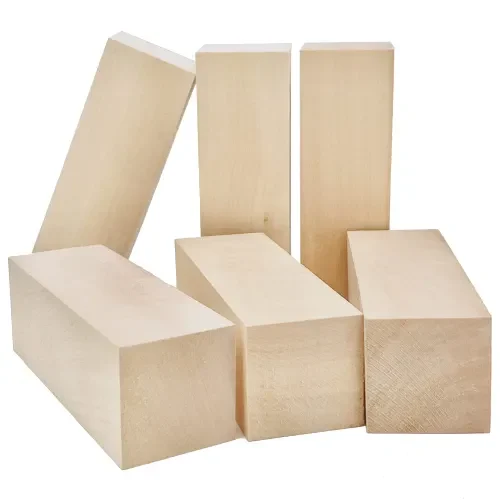
2. Pine
Pine is a softwood that is often readily available at an affordable price. It’s easy to carve with and doesn’t require excessive force to work with, making it perfect for beginners. Pine has a pleasant, subtle grain that can be a bit more pronounced in some variations, but it remains easy to carve. This wood also finishes well and holds paint or stain nicely, giving your projects a professional look. While some knots may present a small challenge, pine remains a favorite for beginner woodcarvers.
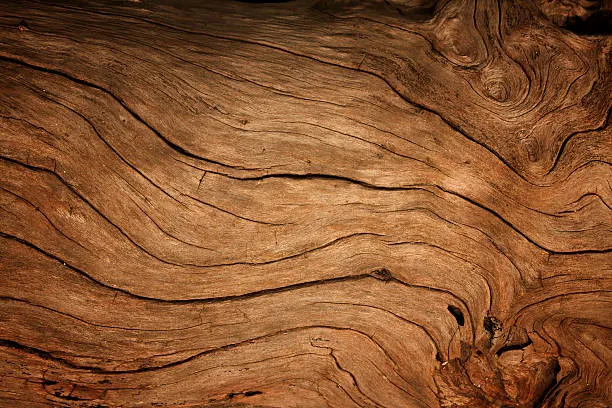
3. Butternut
Butternut wood is a soft, pale wood with a mild grain that is ideal for carving. Its smooth texture and low-density make it easy for beginners to work with, even when attempting intricate designs. Butternut carves easily with minimal effort, allowing carvers to create detailed textures or clean, simple shapes. This wood is often used for projects such as spoons, small figures, and other decorative items. It is also affordable, making it accessible to hobbyists. Additionally, it holds its shape well, making it a great option for beginners.
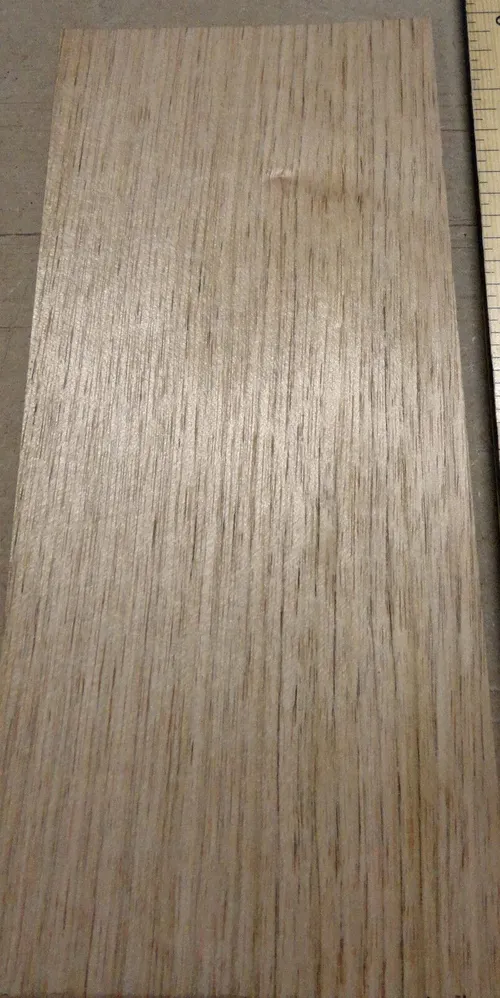
4. Alder
Alder is another soft wood that’s easy to carve and handle. It’s lightweight and doesn’t splinter easily, making it ideal for beginner carvers. Its fine, even grain allows for smooth cuts, and it retains detailed work well. Alder also has a smooth texture and is easy to sand and finish. This wood is often used in furniture making, but for beginners, it’s an excellent option for carving small objects or detailed figures. Its accessibility and low cost make it a popular choice for beginner projects.
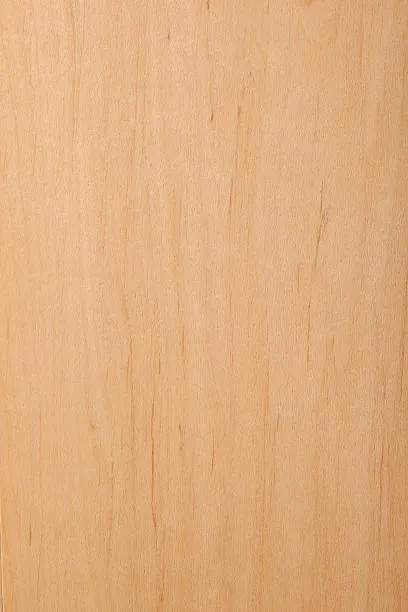
5. Cedar
Cedar is a light, fragrant wood that’s easy to carve, making it ideal for beginners. It has a soft texture and a straight grain, which allows for clean cuts and easy manipulation with carving tools. Cedar also has natural oils that help prevent it from drying out, which makes it less likely to crack or splinter. It is used in many types of woodworking, including carving small sculptures and items like trays and coasters. Cedar’s availability and relatively low cost make it a beginner-friendly option.
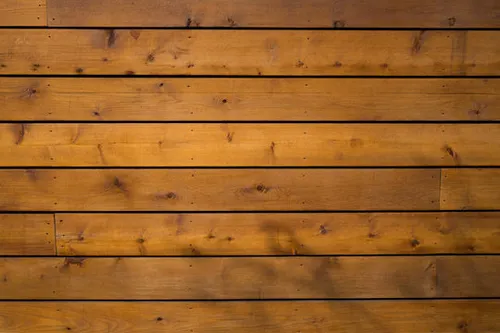
6. Linden
Linden, also known as basswood, is a favorite for beginner woodcarvers because of its softness and smooth texture. The wood is consistent in grain, making it predictable and easy to carve. It’s an ideal choice for detailed, delicate work as it holds intricate designs well. Linden is also great for creating smooth curves and contours. It’s often used in the carving of figurines, toys, and ornamental objects. Its easy-to-carve nature, combined with its availability and affordability, makes it one of the best beginner woods.
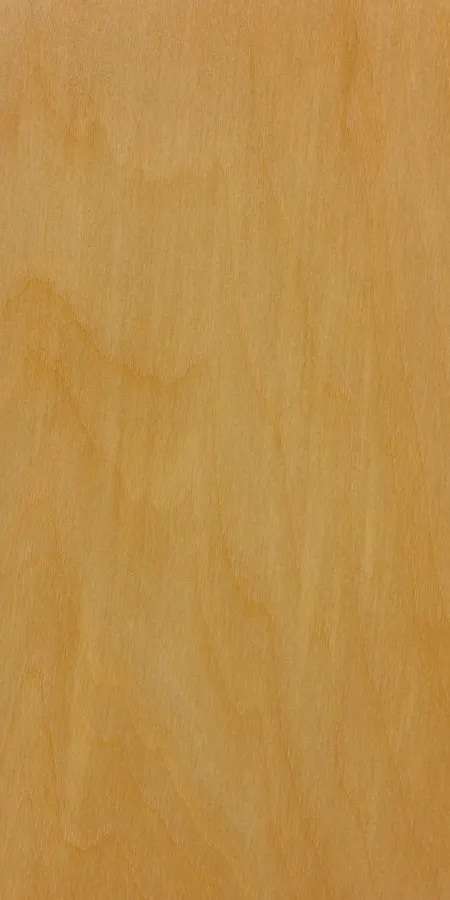
7. Poplar
Poplar is a softwood that is known for its affordability and ease of carving. It has a fine, straight grain and a light texture that makes it perfect for beginner projects. Carving poplar is relatively simple, and it doesn’t require much pressure to achieve desired results. It’s versatile, often used for making decorative items, small furniture, and relief carvings. Poplar also takes paint and stain well, which makes it an excellent option for projects that will be finished with a protective coating.
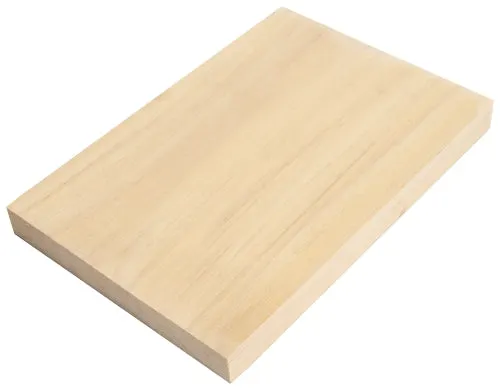
8. Cherry
While slightly harder than some other beginner woods, cherry is still relatively easy to carve for those who have some experience. It has a fine, uniform grain and a beautiful reddish-brown color, making it ideal for projects that require both ease of carving and aesthetic appeal. Cherry takes on a rich patina over time, adding to the charm of your finished piece. Beginners often use cherry for whittling or creating small sculptures, and while it’s a bit more challenging than basswood, it still provides a rewarding experience.
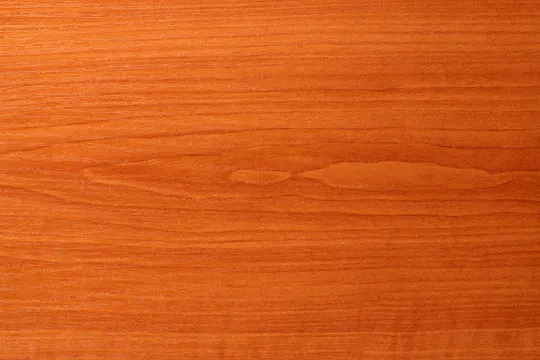
9. Maple
Maple is a dense, hard wood but still manageable for beginners with the right tools. It is known for its durability and smooth texture, making it an excellent choice for carving small to medium-sized projects. Maple holds intricate details well and finishes with a clean, smooth surface. Its light color gives it a classic appearance, making it a preferred choice for both functional and decorative carvings. While it requires sharper tools and more effort than softer woods, maple is a great choice for beginner carvers looking to challenge themselves.
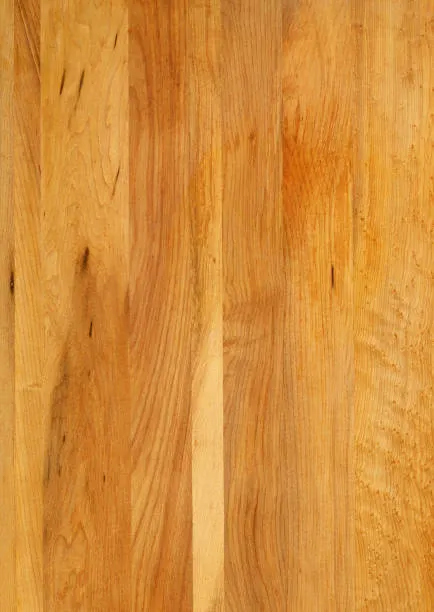
10. Oak
Oak is a hardwood that’s more difficult to carve than softwoods, but it is still workable for beginners with the proper tools. Oak’s distinctive grain pattern adds character to projects, and it holds up well under pressure, making it a good choice for durable carvings. It’s an excellent choice for beginners who want to create more complex or sturdy items like small furniture pieces. With its resistance to wear and its fine grain, oak carves cleanly and can be used for a wide variety of projects.
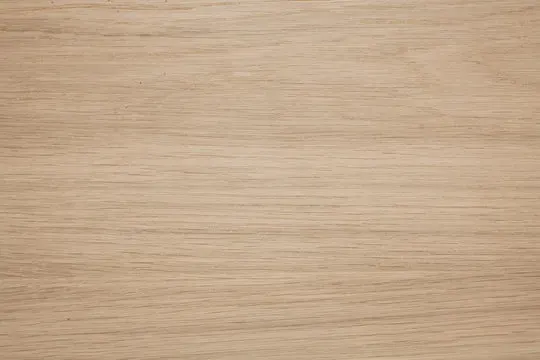
Quick Tips for Embracing Top 10 Easy-to-Carve Woods for Beginners
1. Choose Softwoods for Easier Carving
For beginners, it’s recommended to start with softwoods such as basswood and pine, which are easier to carve. Softwoods have a lower density and smoother texture, making them less resistant to carving tools. This allows for more control and precision, helping you build confidence and improve technique faster. They’re also less prone to splitting, which can be frustrating for those just starting out. Additionally, softwoods are often more affordable, so beginners can practice their carving skills without a significant financial investment. Softwoods are excellent for experimenting with different carving methods, such as whittling and relief carving, and they work well for detailed projects like figurines and small relief sculptures. These woods also have a relatively clean, even grain, which further reduces the difficulty of carving and leads to a smoother, more professional-looking finish.
2. Start with Fine, Straight Grains
When choosing wood for carving, selecting varieties with a fine, straight grain, such as butternut or alder, can significantly improve your experience. These types of woods have fewer knots or twists, which reduces the risk of the wood splitting or cracking while carving. A straight grain also makes it easier to carve intricate details, as the tool will glide more smoothly through the fibers. This is especially important for beginners, as wood with uneven grain can be challenging to work with, causing frustration and making it harder to achieve clean, precise cuts. Fine-grain woods are more forgiving, which is crucial for developing technique and control. Moreover, these woods often hold fine details better, making them a good choice for carving projects that require sharp, delicate features, like small figures or intricate patterns.
3. Work in Small Sections
When starting out with wood carving, it’s best to work in small sections to avoid feeling overwhelmed. Focusing on smaller, simpler projects—like ornaments, figurines, or small relief carvings—allows beginners to practice and refine their technique without getting bogged down by a large, complex piece. Small projects also provide immediate gratification and a sense of accomplishment, which is motivating when building carving skills. Additionally, carving in small sections allows you to develop control over the tools, as the surface area you’re working with is more manageable. It also reduces the risk of mistakes that could affect a larger project. Over time, as your confidence and skill level grow, you can scale up to larger and more intricate carvings, building on the experience gained from working on smaller projects.
4. Keep Your Tools Sharp
Sharp carving tools are crucial for achieving clean, smooth cuts and for making the carving process easier and more enjoyable. Using dull tools can cause the wood to tear, leading to ragged edges that are difficult to correct. A sharp blade, on the other hand, glides smoothly through the wood, allowing for more precision and better control, especially when working with softer woods. Beginners may be tempted to skip tool maintenance, but it’s important to keep tools sharp to avoid unnecessary frustration and to achieve the desired results. Regularly honing and sharpening your tools will improve both your carving experience and the final quality of your work. Investing in a sharpening kit and learning the proper techniques for maintaining your tools will go a long way in ensuring smoother carvings and a safer, more efficient process.
5. Practice on Affordable Woods
As a beginner, it’s best to practice your carving skills on affordable woods like pine or poplar. These types of wood are inexpensive and widely available, making them perfect for learning the basics without breaking the bank. Practicing on cheaper woods allows you to experiment with different carving techniques, textures, and styles without the pressure of wasting expensive materials. Furthermore, these woods are soft and easy to carve, so they’re forgiving when mistakes happen, which is common during the learning process. Once you feel confident with your carving skills, you can gradually move on to more expensive or harder woods, such as cherry or oak, to expand your repertoire and tackle more challenging projects. Using affordable woods for practice is an excellent way to build your skills while minimizing the cost of learning.
6. Plan Your Project
Before you begin carving, it’s important to plan your project thoroughly. Having a clear plan and design in place will help guide your carving process, preventing mistakes and ensuring the final result meets your expectations. Begin by sketching your design on paper, and then transfer it to your wood using a pencil or carbon paper. Consider factors like wood grain direction, tool requirements, and the size of the project. Planning ahead will also help you determine the best approach for tackling the carving, such as which areas to work on first or how to break down complex details into simpler steps. A well-planned project not only helps you carve more efficiently, but it also gives you a clearer vision of the final product, increasing your chances of success. Taking the time to plan can make carving a more enjoyable and rewarding experience.
7. Sand Frequently
Sanding is an essential part of the wood carving process, especially for beginners. Sanding helps smooth out rough edges, removes tool marks, and refines the surface of the carving. It also allows you to spot any imperfections or mistakes in your work early on, so you can fix them before they become more difficult to address. Beginners should use a variety of sandpaper grits, starting with a coarser grit to remove larger imperfections and finishing with a finer grit for a smooth, polished surface. Regularly sanding as you carve will give your project a professional, polished look. It also makes it easier to handle the piece, as rough, unsanded areas can splinter or irritate the skin. Taking the time to sand properly can dramatically improve the quality of your finished carving and ensure that the details are crisp and clear.
8. Test Different Woods for Unique Effects
Exploring different wood types, such as cedar or cherry, can offer exciting opportunities to create unique effects in your carvings. Each type of wood has its own characteristics, such as color, texture, and grain pattern, which can add dimension and beauty to your projects. Cedar, for example, is a softwood that has a lovely reddish hue and an aromatic scent, making it a great choice for rustic carvings. Cherry, on the other hand, is a hardwood that darkens over time, giving it a rich, antique appearance. By experimenting with different woods, beginners can discover which materials they enjoy working with the most and develop their own style. Working with various woods also allows you to learn how different materials respond to carving tools, giving you a broader skillset.
9. Don’t Rush the Process
Carving is an art that requires patience and practice. Beginners may feel tempted to rush through the process, but taking the time to go slow will yield better results. Focus on precision rather than speed, as carving too quickly can lead to mistakes and less refined details. Work in small, manageable steps, allowing yourself time to assess your progress and make adjustments as needed. Being patient with yourself and the carving process will help you develop better control over your tools and improve your overall technique. Additionally, taking breaks and stepping back to evaluate your work can provide fresh perspectives, helping you identify areas for improvement. Rushing may cause frustration, but patience will ensure that you enjoy the carving journey and create higher-quality pieces.
10. Safety First
Wood carving can be a fun and rewarding hobby, but safety should always be a top priority. Using sharp tools means there’s a risk of injury, especially when working with harder woods or intricate designs. Always wear protective gear, such as carving gloves, a thumb guard, or safety glasses, to protect your hands, fingers, and eyes from accidents. When using carving knives or chisels, maintain a firm grip on your tools and carve away from your body to reduce the risk of injury. It’s also important to work in a well-lit area and ensure that your tools are in good condition. Taking safety precautions helps prevent accidents and ensures that you can enjoy wood carving without unnecessary risks. By practicing good safety habits, beginners can carve confidently and focus on improving their skills.